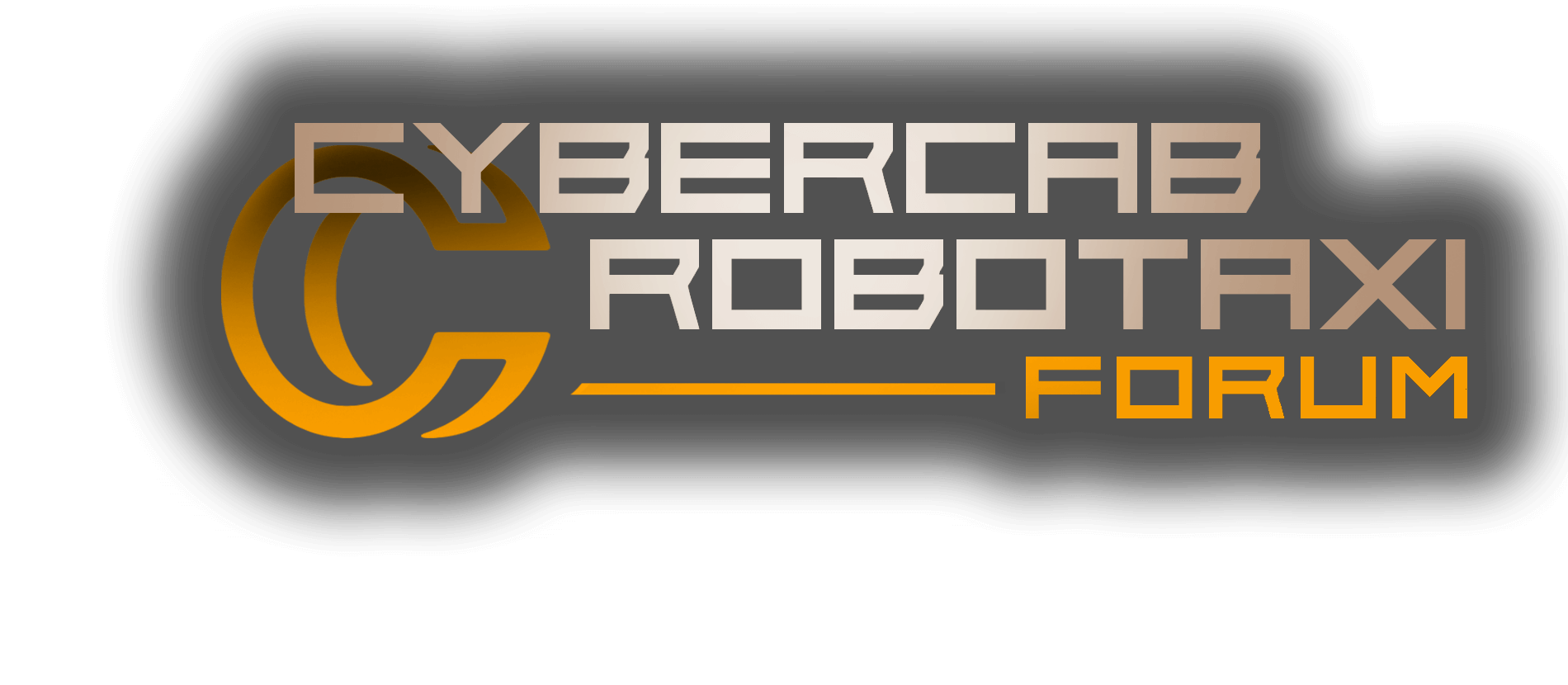TruckElectric
Well-known member
- First Name
- Bryan
- Joined
- Jun 16, 2020
- Threads
- 609
- Messages
- 2,004
- Reaction score
- 1,493
- Location
- Texas
- Vehicles
- Dodge Ram diesel
- Occupation
- Retired
- Thread starter
- #1
The deal is with a premium European OEM to supply 800-volt inverters for its next-generation battery electric vehicles (BEVs).
New Delhi: Delphi TechnologiesPLC, a global provider of automotive propulsion systems, on Friday announced its latest deal with a premium European OEM to supply 800-volt invertersfor its next generation of batteryelectric vehicles (BEVs).
The company said that the deal is its second-largest power electronics award and strategically positions Delphi Technologies as a leading supplier of inverters and related technologies for future BEVs globally.
This announcement follows on the heels of recent business wins in China for power electronics. Combined with its 800-volt win secured in 2019, its largest business award, the company is now positioned to be the major inverter supplier to three of the top four global premium OEMs in the world, the company statement said.
“We take great pride in knowing we have earned the respect of our customers to trust us with major shares of their most important e-drivelines,” Rick Dauch, CEO, Delphi Technologies, said.
“To be an industry leader in the highly competitive electrification market is reflective of the pioneering technologies and remarkable engineering talent within our organisation. Our recent investments in electrification are starting to pay off,” he said.
This latest award is expected to launch in 2024 across the customers’ BEVs and will also be the first introduction of Delphi Technologies’ sixth generation proprietary Viper power switch.
Kevin Quinlan, senior vice president and general manager- Electrification and Electronics, Delphi Technologies, said, “We believe that securing this premium platform inverter business will allow us to capture additional volume on larger vehicle platforms to be sourced in 2021.”
As per the release, this inverter enables electrical systems up to 800 volts, extending electric vehicle range and halving charging times when compared with today’s 400-volt systems. Delphi Technologies has designed its inverter technology to simplify vehicle manufacturers’ multi-voltage strategies as they extend their electric and hybrid vehicle ranges.
Source: Auto Economics Times
